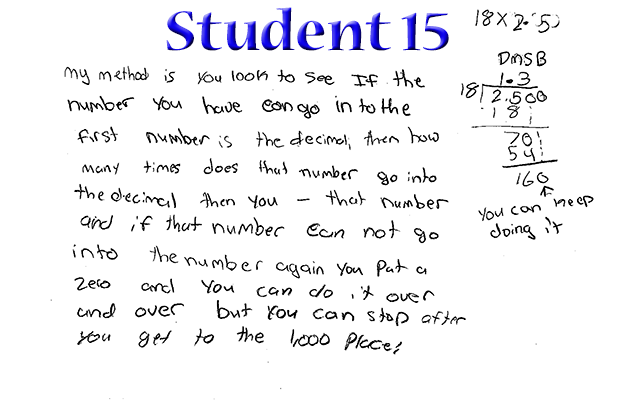 Grab Here
Grab Here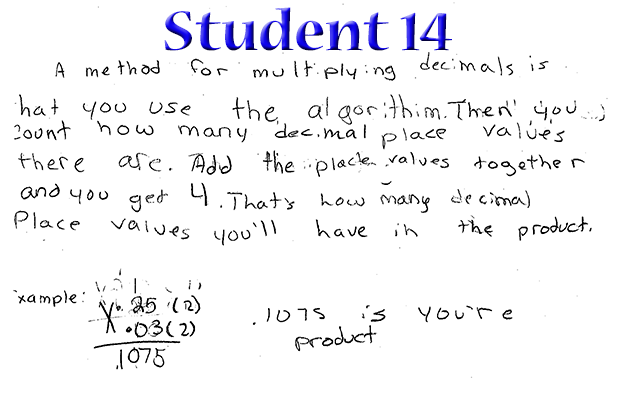 Grab Here
Grab Here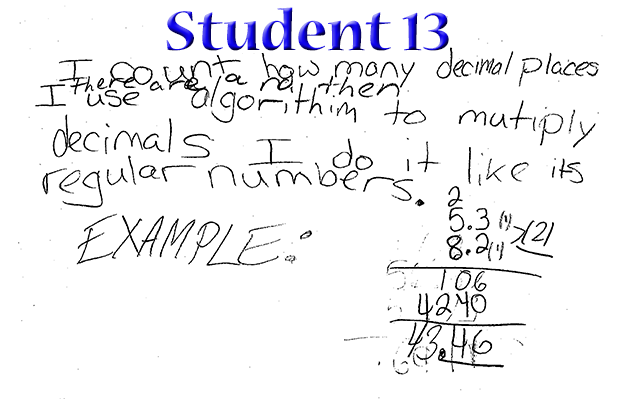 Grab Here
Grab Here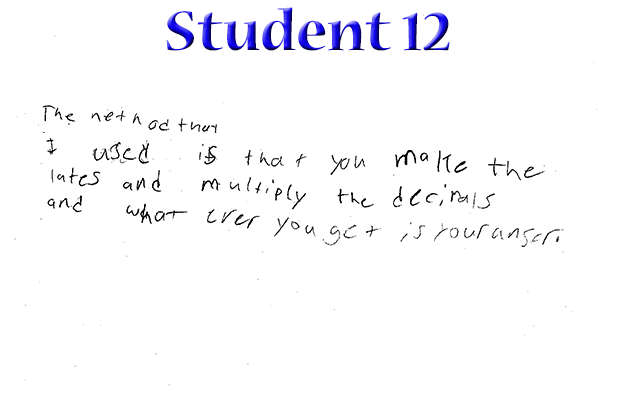 Grab Here
Grab Here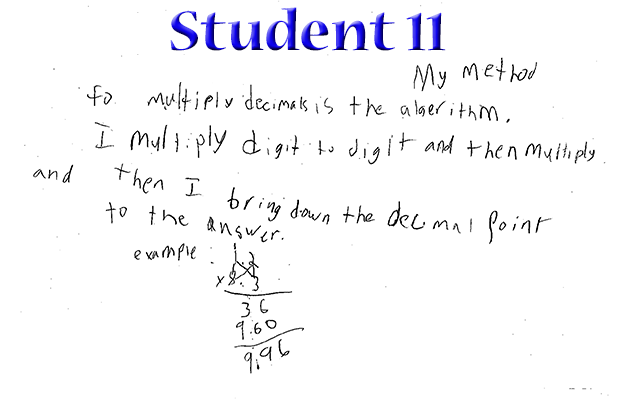 Grab Here
Grab Here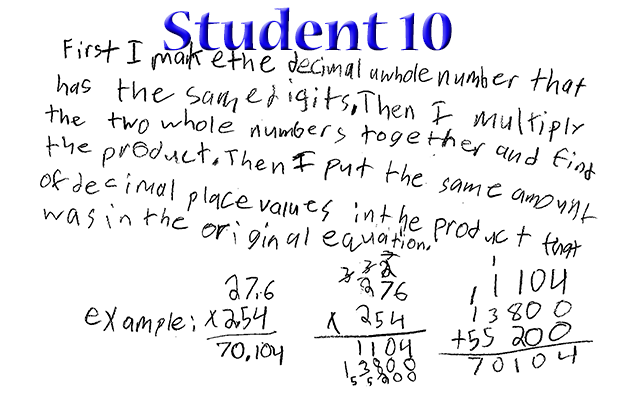 Grab Here
Grab Here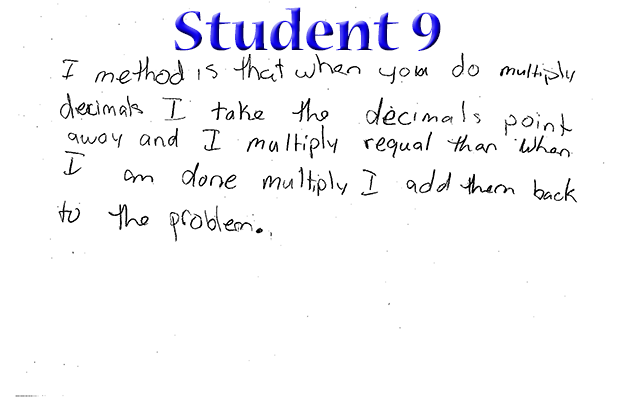 Grab Here
Grab Here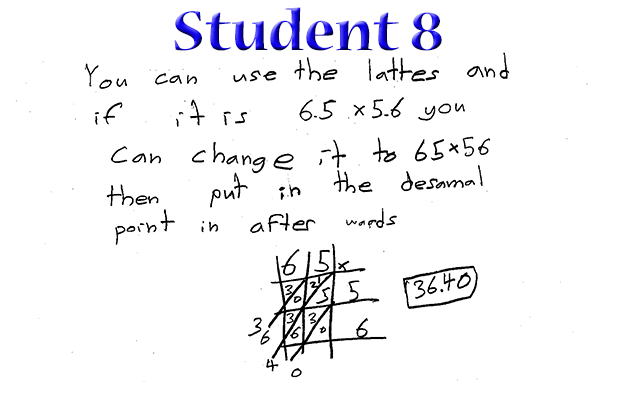 Grab Here
Grab Here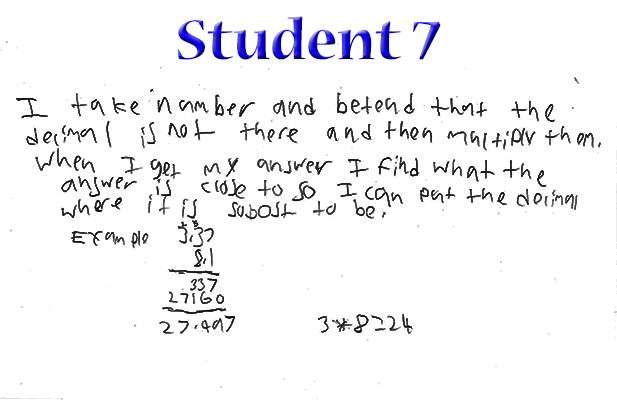 Grab Here
Grab Here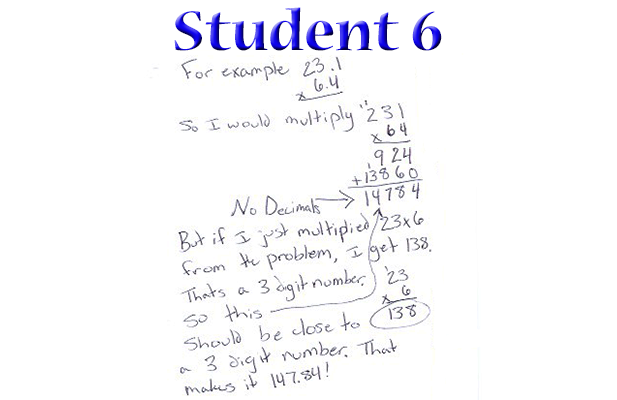 Grab Here
Grab Here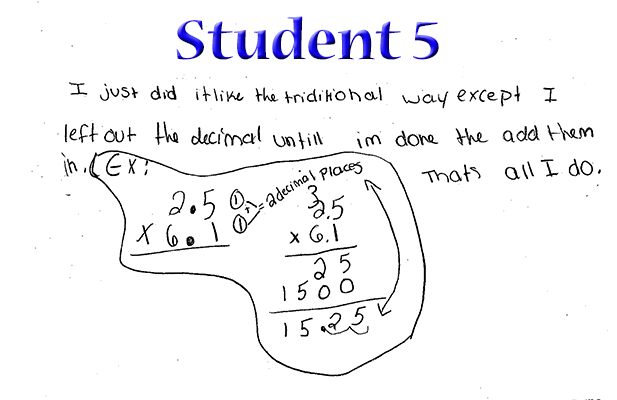 Grab Here
Grab Here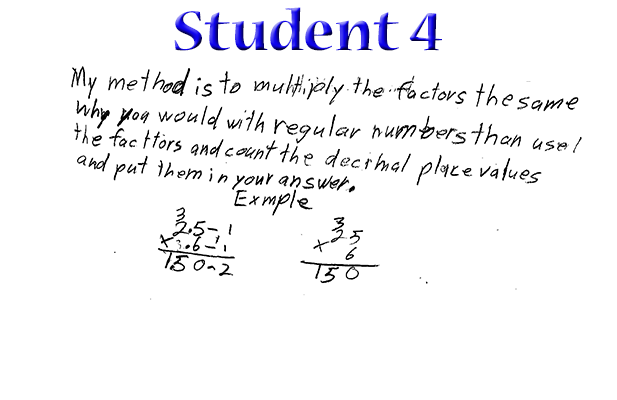 Grab Here
Grab Here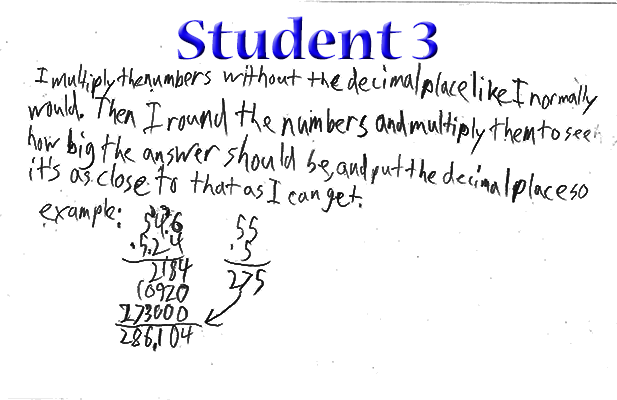 Grab Here
Grab Here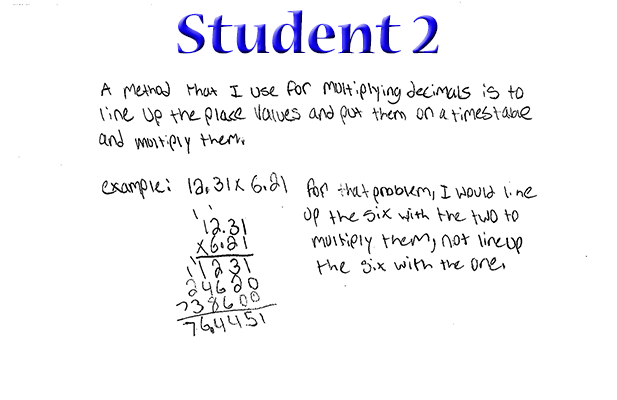 Grab Here
Grab Here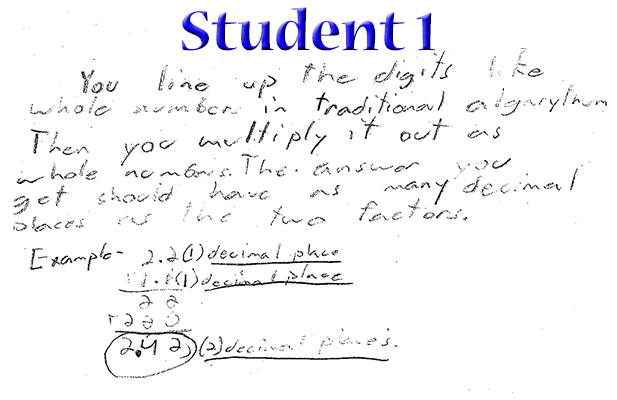 Grab Here
Grab HereThis interactive provides supported practice in thinking about Responsive Actions after the lesson. It introduces a scenario of an Exit Ticket activity presented at the conclusion of a lesson, with responses from a selection of students from the class. The interactive walks you through the "Using Exit Tickets as Evidence" planning guideline so that you can choose an appropriate Responsive Action. At any time, you may check your responses to our own, and you can read our reasoning about that response. Note that disagreement does not mean you are wrong; rather, it means we have another perspective that you should consider, if you haven't already. It is up to you whether you want to keep your original response or switch to ours.
Possible Responsive Actions are summarized in Bringing Math Students into the Formative Assessment Equation: Tools and Strategies for the Middle Grades by the following four actions:
After the lesson, you're not able to get more evidence until your next class begins, so that action is difficult to choose as a response to students' needs. On the other hand, you have a greater opportunity to consider what "further instruction" may be appropriate, if needed.
For more about Responsive Actions, see Chapter 3, "Gathering, Interpreting, and Acting on Evidence."
©Education Development Center, Inc.
Step 1. At the beginning of this lesson, the teacher provided the following Learning Intention and Success Criteria. The lesson focused on using estimation of whole number products to estimate the final product of decimal factors by thinking about magnitudes or place value. Students were allowed to use their favorite method for multiplying whole numbers (for example, partial products, the lattice method, or the standard algorithm taught in the US). Many students already had a method for determining where the decimal point should go in the product, from previous teachers or their family members.
At the end of the lesson, the teacher provided this prompt as an exit ticket:
Describe a method for multiplying decimals that uses estimation to determine where the decimal point should go in the product.
Before you continue, please record for yourself what you would expect to see from someone who meets the success criteria, or from someone who only partially meets them.
Step 2. On the next screen, you'll be given several student responses to the prompt. Read through the student responses, doing a quick sort as you read them by how well the student did. You don't necessarily need to spend a lot of time going through them thoroughly; just read and do a quick first-impressions sort into three piles:
Click "Next" when you're ready to begin sorting.
Step 3. Read the response and drag it to the most appropriate box below. Note: You must grab each image near its top left corner.
Remember, these are the choices:
Step 4. Look for patterns among the piles. Click on a pile title to see large versions of just that pile. You may also change your mind about where a response belongs by moving the cards at any time.
Step 5. Decide how you will revisit any trends in your upcoming lessons. Choose the description that you think most accurately reflects the state of these students' learning, then click "submit":
Learning Intention
|
Success Criteria
|
 Grab Here
Grab Here Grab Here
Grab Here Grab Here
Grab Here Grab Here
Grab Here Grab Here
Grab Here Grab Here
Grab Here Grab Here
Grab Here Grab Here
Grab Here Grab Here
Grab Here Grab Here
Grab Here Grab Here
Grab Here Grab Here
Grab Here Grab Here
Grab Here Grab Here
Grab Here Grab Here
Grab HereYou chose .
We chose .














